

Call Now!
866-970-5854
Mold Removal Dayton, OH

Call Us For a FREE Estimate!
Call Now! 866-970-5854
What is the difference between -
Mold Removal, Mold Remediation, Mold Abatement, and Mold Mitigation?
When using the terms mold removal, mold remediation, mold abatement, and mold mitigation, they are usually used interchangeably, because when it comes right down to it, they all mean to get rid of or successfully treat mold. The biggest difference among these terminologies is in the process involved in trying to eliminate the mold. Molds are a natural part of our ecosystem and can't be totally eliminated, and since mold spores occupy all indoor and outdoor spaces, it is technically impossible to completely eradicate all molds – but is possible to control it’s growth.
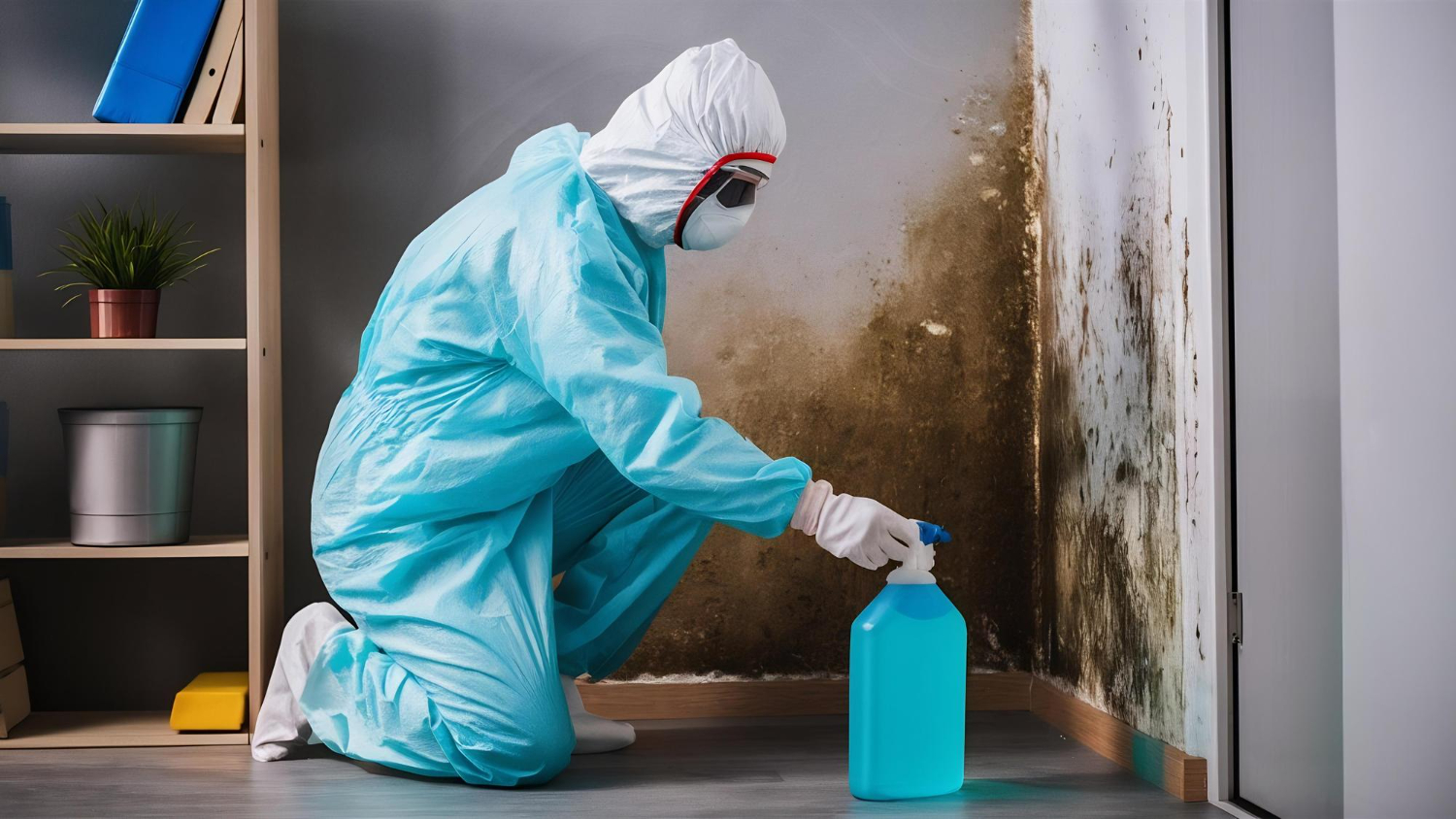
Mold Removal
- Definition: The physical act of removing visible mold from surfaces.
- Focus: Wiping, scrubbing, or cleaning mold from materials like drywall, tile, or wood.
- Limitation: Only addresses surface mold and doesn’t fix the root cause (like moisture or hidden mold growth).
- Example: Cleaning mold off a bathroom wall with an antimicrobial solution.
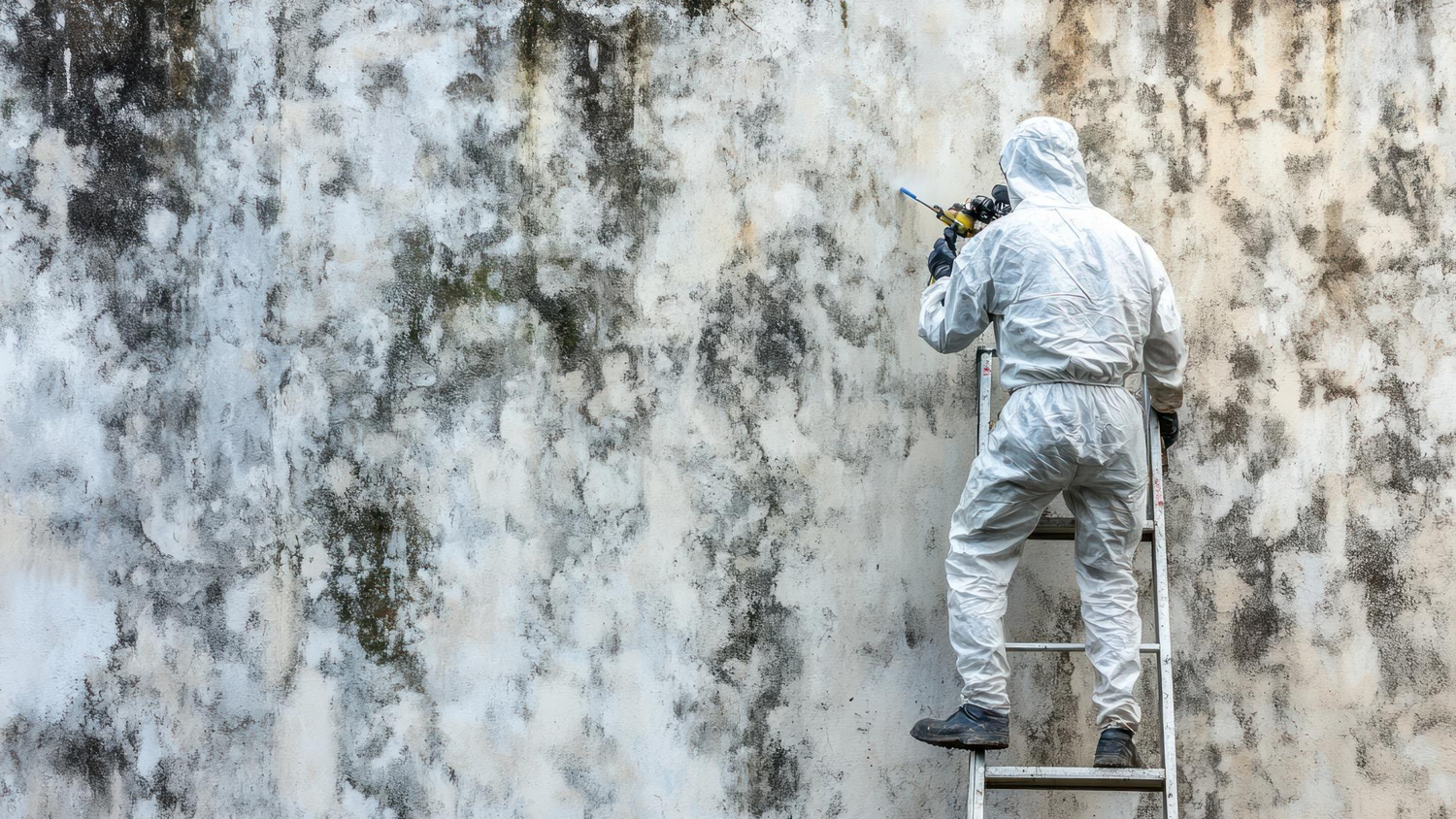
Mold Remediation
- Definition: A comprehensive process to eliminate mold and address the underlying moisture source.
- Focus: Includes mold removal plus containment, air filtration, drying, disinfecting, and prevention strategies.
- Goal: Return the property to safe mold levels and prevent regrowth.
- Example: Setting up containment barriers, using HEPA filters, removing moldy drywall, and fixing a leaking pipe.
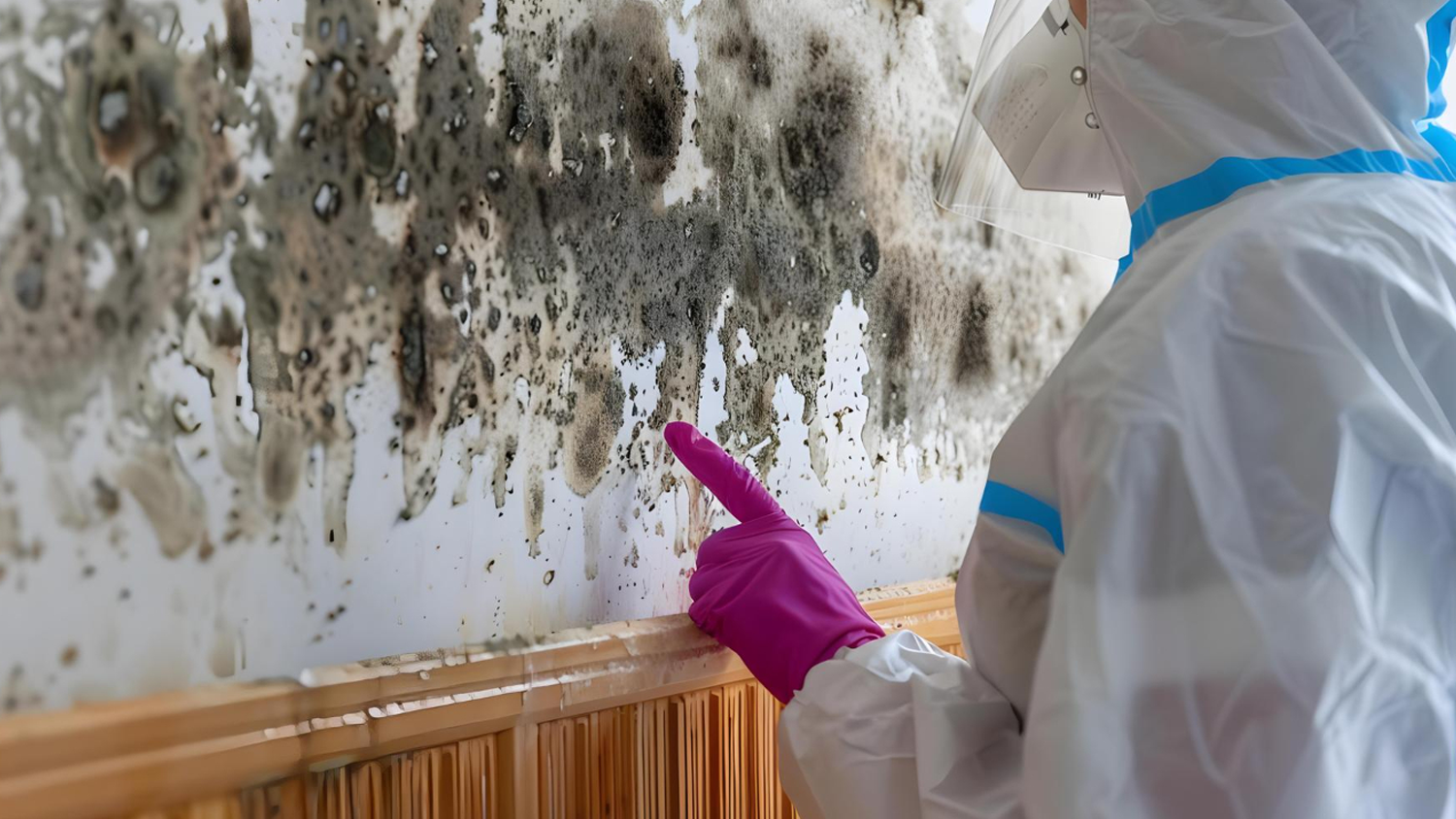
Mold Abatement
- Definition: A term often used in regulatory or industrial settings to mean reducing or eliminating a hazard—in this case, mold.
- Focus: Can include temporary or permanent measures to reduce mold exposure.
- Usage: More commonly used for things like asbestos or lead, but some professionals use it synonymously with remediation.
- Example: Sealing off a contaminated area to reduce exposure until full remediation can take place.
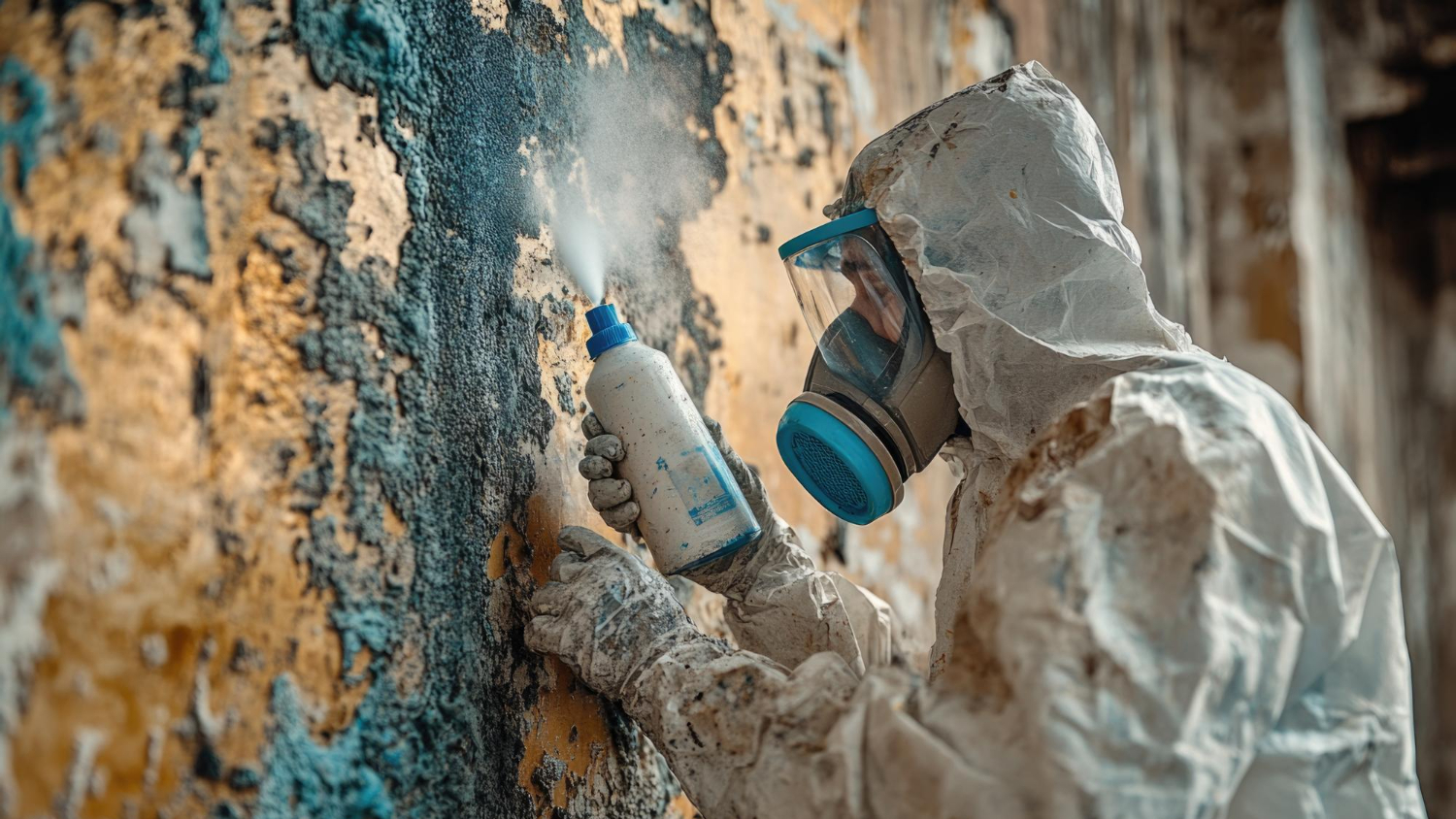
Mold Mitigation
- Definition: The process of minimizing damage or health risk caused by mold.
- Focus: Typically used early in the response process to reduce mold spread and exposure.
- Overlap: Often overlaps with abatement and remediation.
- Example: Running dehumidifiers, stopping water leaks, and applying antimicrobial sprays to slow mold growth.

What is the difference between -
Mold Removal, Mold Remediation, Mold Abatement, and Mold Mitigation?
When using the terms mold removal, mold remediation, mold abatement, and mold mitigation, they are usually used interchangeably, because when it comes right down to it, they all mean to get rid of or successfully treat mold. The biggest difference among these terminologies is in the process involved in trying to eliminate the mold. Molds are a natural part of our ecosystem and can't be totally eliminated, and since mold spores occupy all indoor and outdoor spaces, it is technically impossible to completely eradicate all molds – but is possible to control it’s growth.

Mold Removal
- Definition: The physical act of removing visible mold from surfaces.
- Focus: Wiping, scrubbing, or cleaning mold from materials like drywall, tile, or wood.
- Limitation: Only addresses surface mold and doesn’t fix the root cause (like moisture or hidden mold growth).
- Example: Cleaning mold off a bathroom wall with an antimicrobial solution.

Mold Remediation
- Definition: A comprehensive process to eliminate mold and address the underlying moisture source.
- Focus: Includes mold removal plus containment, air filtration, drying, disinfecting, and prevention strategies.
- Goal: Return the property to safe mold levels and prevent regrowth.
- Example: Setting up containment barriers, using HEPA filters, removing moldy drywall, and fixing a leaking pipe.

Mold Abatement
- Definition: A term often used in regulatory or industrial settings to mean reducing or eliminating a hazard—in this case, mold.
- Focus: Can include temporary or permanent measures to reduce mold exposure.
- Usage: More commonly used for things like asbestos or lead, but some professionals use it synonymously with remediation.
- Example: Sealing off a contaminated area to reduce exposure until full remediation can take place.

Mold Mitigation
- Definition: The process of minimizing damage or health risk caused by mold.
- Focus: Typically used early in the response process to reduce mold spread and exposure.
- Overlap: Often overlaps with abatement and remediation.
- Example: Running dehumidifiers, stopping water leaks, and applying antimicrobial sprays to slow mold growth.

Call Us For a FREE Estimate!
Call Now! 866-970-5854
Your Trusted Certified Mold Remediation & Removal Experts
We are the leading certified mold remediation and removal contractor in the area, delivering top-quality service backed by advanced technology and eco-friendly, non-toxic products. Our team uses state-of-the-art equipment to provide effective, affordable solutions for even the most complex mold and microbial issues.
Why Mold Remediation Matters
Mold remediation is essential to prevent more serious health and structural problems from developing. Exposure to mold can lead to a range of health concerns, especially for children, the elderly, individuals with respiratory conditions like asthma, and those with compromised immune systems. Common symptoms include:
- Headaches
- Skin irritation
- Runny nose
- Persistent coughing
- Fatigue
- Memory loss
- Difficulty breathing
Mold is found everywhere in small amounts, but it thrives in dark, damp environments such as basements, attics, and contaminated air ducts. Attempting DIY mold removal often leads to incomplete treatment and re-infestation.
Comprehensive Mold Removal Done Right
Proper mold removal is more than just surface cleaning. It requires a thorough, multi-step approach tailored to the type and location of the mold. Our process typically includes:
Professional mold testing
Safe mold removal
Targeted demolition (if needed)
Deep sanitizing of affected areas
Containment to prevent spread
Final mold cleaning and prevention measures
Our goal is to restore your property to a clean, healthy condition while protecting the well-being of everyone inside.
Serving Dayton, OH and Surrounding Areas
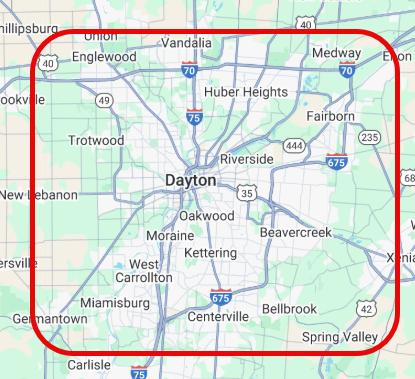
Englewood
Vandalia
Huber Heights
Fairborn
Medway
Riverside
Oakwood
Moraine
West Carrollton
Miamisburg
Centerville
Beavercreek
Bellbrook
Spring Valley
Call Us For a FREE Estimate!
Call Now! 866-970-5854
Your Trusted Certified Mold Remediation & Removal Experts
We are the leading certified mold remediation and removal contractor in the area, delivering top-quality service backed by advanced technology and eco-friendly, non-toxic products. Our team uses state-of-the-art equipment to provide effective, affordable solutions for even the most complex mold and microbial issues.
Why Mold Remediation Matters
Mold remediation is essential to prevent more serious health and structural problems from developing. Exposure to mold can lead to a range of health concerns, especially for children, the elderly, individuals with respiratory conditions like asthma, and those with compromised immune systems. Common symptoms include:
- Headaches
- Skin irritation
- Runny nose
- Persistent coughing
- Fatigue
- Memory loss
- Difficulty breathing
Mold is found everywhere in small amounts, but it thrives in dark, damp environments such as basements, attics, and contaminated air ducts. Attempting DIY mold removal often leads to incomplete treatment and re-infestation.
Comprehensive Mold Removal Done Right
Proper mold removal is more than just surface cleaning. It requires a thorough, multi-step approach tailored to the type and location of the mold. Our process typically includes:
Professional mold testing
Safe mold removal
Targeted demolition (if needed)
Deep sanitizing of affected areas
Containment to prevent spread
Final mold cleaning and prevention measures
Our goal is to restore your property to a clean, healthy condition while protecting the well-being of everyone inside.